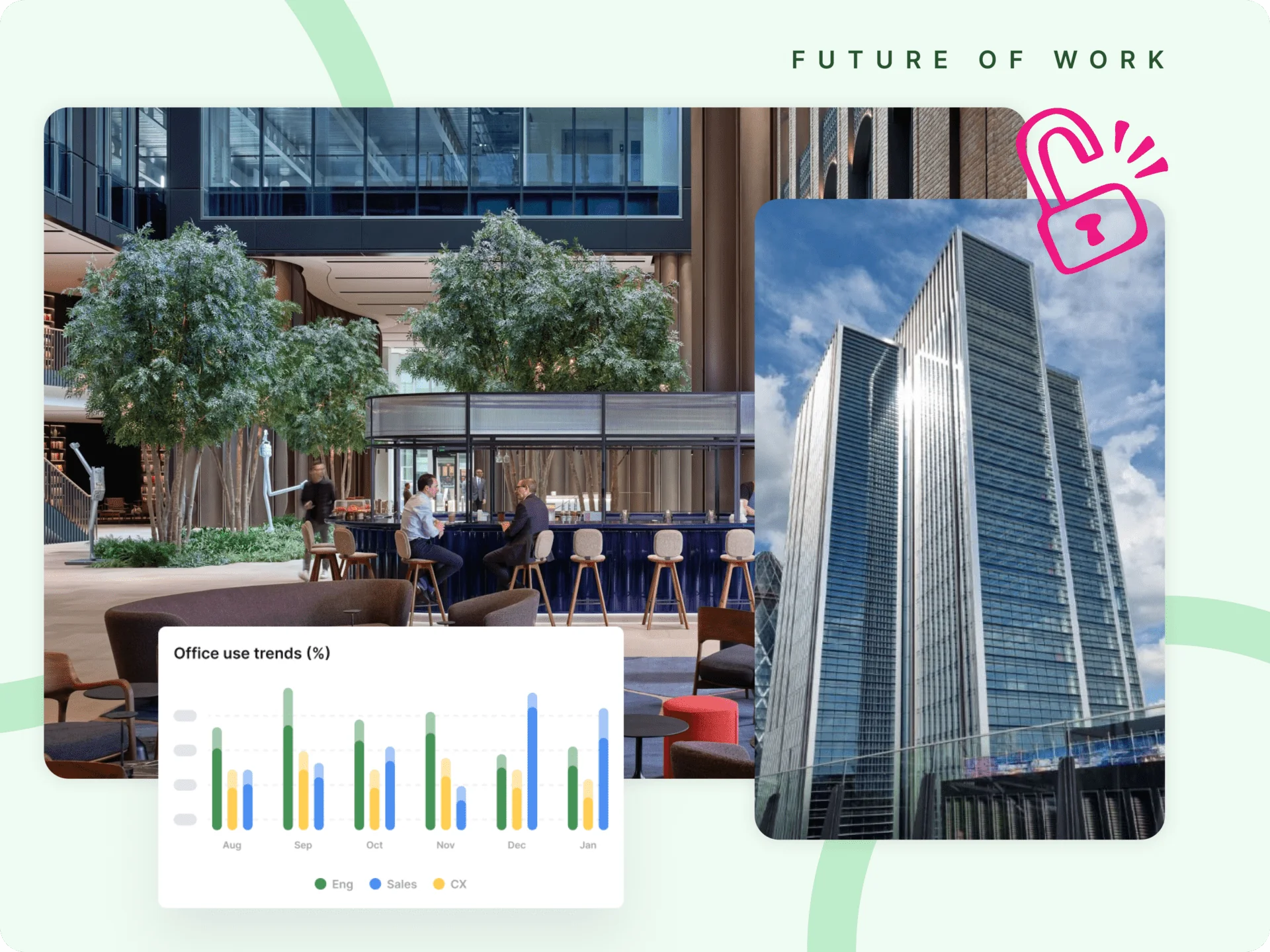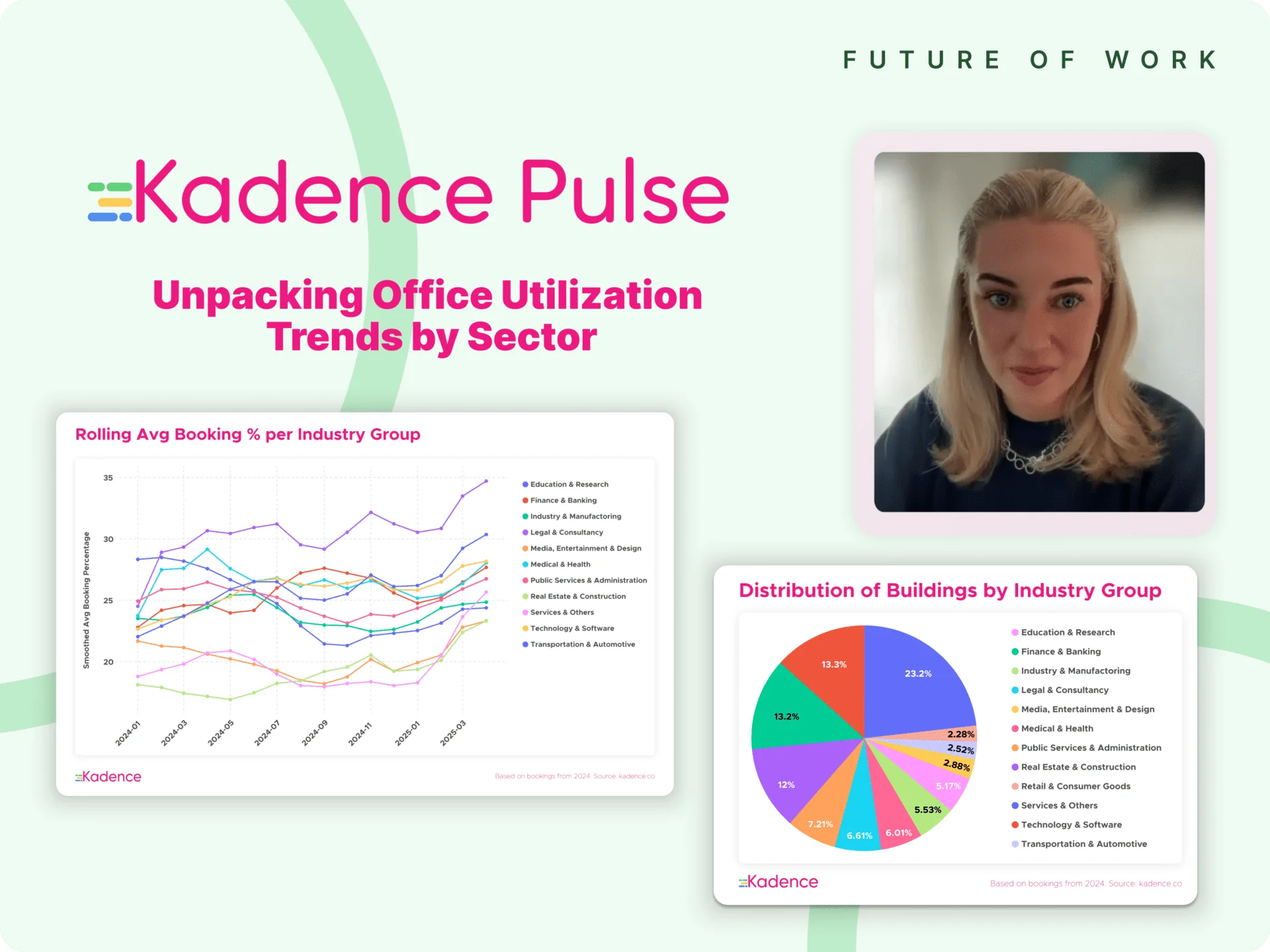Last weekend, The Times ran a feature on 40 Leadenhall — London’s latest billion-pound prime office tower — and from the opening paragraph, it was clear: the office is having a renaissance.
This 34-storey skyscraper comes equipped with a wood-panelled library, rooftop dining terraces, a cinema, a Peloton studio, a spa, and even a nail bar. It recently won an award for “best commercial workplace.” But more importantly, it signals something bigger: landlords and occupiers are no longer just opening offices — they’re building experiences.

But what does it actually mean to be “prime” in the new world of hybrid work?
What “Prime” Means in 2025
In the traditional sense, prime office space was defined by location and rental value. You wanted to be in Mayfair, not the City. You wanted a short walk to the train station and a polished lobby to greet clients. That’s still part of the picture — but it’s evolved.

Proximity still matters. But now, so do power efficiency ratings, air quality sensors, on-site fitness options, and even child-friendly features like in-house cinemas. The top end of the market has shifted into what some are calling “super prime.”
40 Leadenhall fits that definition. So does 22 Bishopsgate, where the top floor recently let for £122 per square foot — a record for the City — to Brazilian bank Banco Master. Its employees now have access to a 125-floor gym and a climbing wall bolted to a window.
These buildings aren’t gimmicks. They’re part of a broader strategy to make the office worth leaving home for.

Design Is Vital — But Incomplete on Its Own
At Kadence, we don’t just believe good office design is helpful — we believe it’s essential. Physical space sends a signal about a company’s culture, ambition, and care for its people. A well-designed office creates the conditions for creativity, focus, and connection.
But space only matters if it’s used well.
That shift — from cost centre to value centre — has fuelled a wave of bold new developments. But what happens when a beautifully designed space sits half-empty on a Wednesday? Or overcrowded on a Thursday? What happens when teams show up on different days without knowing who else will be there?
This is where office design — even at the super-prime level — hits its limit. And without the right office coordination tools, square footage is just surface area.

Hybrid Needs a New Kind of Infrastructure
After the pandemic, many companies chose to shrink their footprint. But that’s changing.
The trend is clear: quality is up, and so is demand. But physical upgrades alone won’t solve the problem of presence. If people don’t know when their team is in, or how to make their office time meaningful, then a cinema and a climbing wall won’t earn the commute — not really.
That’s why we see Kadence as the missing layer in the prime office stack.
We help hybrid teams plan their time together, coordinate their location, and make every trip into the office intentional — not habitual. Take Karger, the Swiss-based global publisher. They used Kadence to consolidate office space across three locations, cutting their real estate footprint by 80% while improving coordination between departments. Or look at MOO, the design and print company. They used Kadence to bring structure to their hybrid policy, boosting office utilization to 70% — without adding more desks.

Because the true value of prime real estate lies not just in the design — but in the rhythm of how it’s used.
Prime Space, Meet Prime Coordination
40 Leadenhall isn’t just a building — it’s a signal that employers are investing in making work better. But it’s only half the answer. The rest lies in how teams show up, when they connect, and why they choose to be together.
You can build the world’s best workplace. But the real ROI only comes when people can use it well, together, and with intent.
Luckily, you can deliver a better hybrid experience at speed. Book a demo with our hybrid experts — and learn how Kadence helps you make the most of the space you’ve built.





